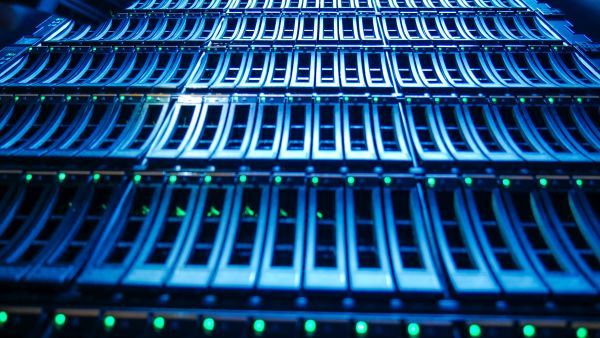Tackling the menace of ransomware on enterprise NAS storage

For decades Ransomware has been a major menace. It is one of the fastest-growing malware, and Q3 2016 was a bumper quarter for attacks. However, network attached storage has proven to be a golden goose for cybercriminals. As they seek to extort businesses by encrypting data on these devices. Businesses are also increasingly deploying NAS storage, which is a genuine issue.
Ransomware is a serious threat to enterprise infrastructures and requires a multi-layered approach. As innovative new NAS storage devices are continually released. It is vital to ensure that they enable users to conduct business while safely protecting their valuable data.
How does ransomware work?
A malware that is Ransomware that restricts access to a system and demands a ransom to remove the restriction. As it transpires, there are multiple ways in which it can gain unauthorized access. To your IT infrastructure or NAS storage device. This is via phishing attacks, by infecting your employees. PCs with malware that can later spread to other devices or via servers.
In terms of impact, the most common ransomware attack is a local one. Not a remote one. Any person can carry it out with physical access to the device. In most cases, it is a disgruntled employee or contractor.
Payment is requested in bitcoins. The cost varies from $300 to $10,000 depending on the size of the organization and the type of data encrypted.
Are you vulnerable?
The first thing to know about ransomware is that this isn’t a hacking problem. It’s an old-fashioned extortion problem. And the best solution is to treat it as such.
The second thing to know is that all forms of data can be vulnerable. From the documents to the most critical databases in your enterprise NAS storage. Whether it is enterprise-grade storage or a standard NAS. They will always be vulnerable, and you need to employ measures to protect it. The third thing to know is prevention. Not recovery, is the best protection. Before assessing your vulnerability and deploying measures against ransomware. Keep these things in mind.
Encryption is the key to data protection.
Encryption is the first preventive measure. It ensures that your data can’t be accessed even if it is stolen. It locks your information with a key that only you know. There are many forms of encryption. But one of the toughest encryptions is AES 256-bit encryption used in StoneFly’s NAS systems. It is the encryption level used by the military and is almost impossible to break.
Employing anti-ransomware
The best way to protect your data from ransomware is to maintain up-to-date anti-malware software. On top of this. You need to run regular information security audits. To preempt attacks on networks and identify vulnerabilities that hackers can exploit. If you become a victim, you should contact law enforcement as soon as possible.
Deploying hardware firewalls
Firewalls are your front-line defense against ransomware. They guard your network and prevent any breach. Although software firewalls do their jobs, they are not that strong. This is a major concern, especially with sensitive data like finance or medical records. The best approach to combatting ransomware is to place a two-layer defense. It is recommended to have a hardware (router-based) firewall. To ensure that you have proper control of all your network security protocols.
The first benefit of deploying a hardware firewall is that it is much more economical than software firewalls. Hardware firewalls cost less than software solutions and effectively stop malware. Secondly, hardware firewalls can stop distributed denial of service (DDoS) attacks and viruses better than software firewalls.
Hardware firewall performs much better than software firewalls. In defending the network from malicious attacks because it operates faster and has better control over the traffic. It is also easier to maintain a hardware firewall. Especially if you have multiple devices connected to one network. Than maintaining different software versions.
Stay informed with ransomware news.
Completely eradicating ransomware is nearly impossible. One good way to ensure that you will not fall victim to the next wave of ransomware attacks is to stay informed about ransomware news.
So always stay one step ahead by staying updated on the latest news on ransomware attacks. They will help you make better decisions on upgrading your security infrastructure.
What if your NAS storage is already infected?
If your NAS storage systems are already infected, the only way to protect yourself from ransomware is by having good backups of your data stored on-site as well as offsite. Cloud storage is a good option. StoneFly provides seamless integration with Veeam, Amazon AWS, and Microsoft Azure through their cloud connect feature. If your files are encrypted, you will still have access to a copy of your data.
Bottom Line
It attacks moving from personal devices to corporate networks add to the overall threat landscape. As the ransomware problem grows, it brings new problems for organizations of all sizes. But without a robust security system in place, small companies often don’t survive ransomware attacks. There are great solutions like StoneFly that serve SMBs and enterprise businesses. If you are interested, we suggest checking them out.




